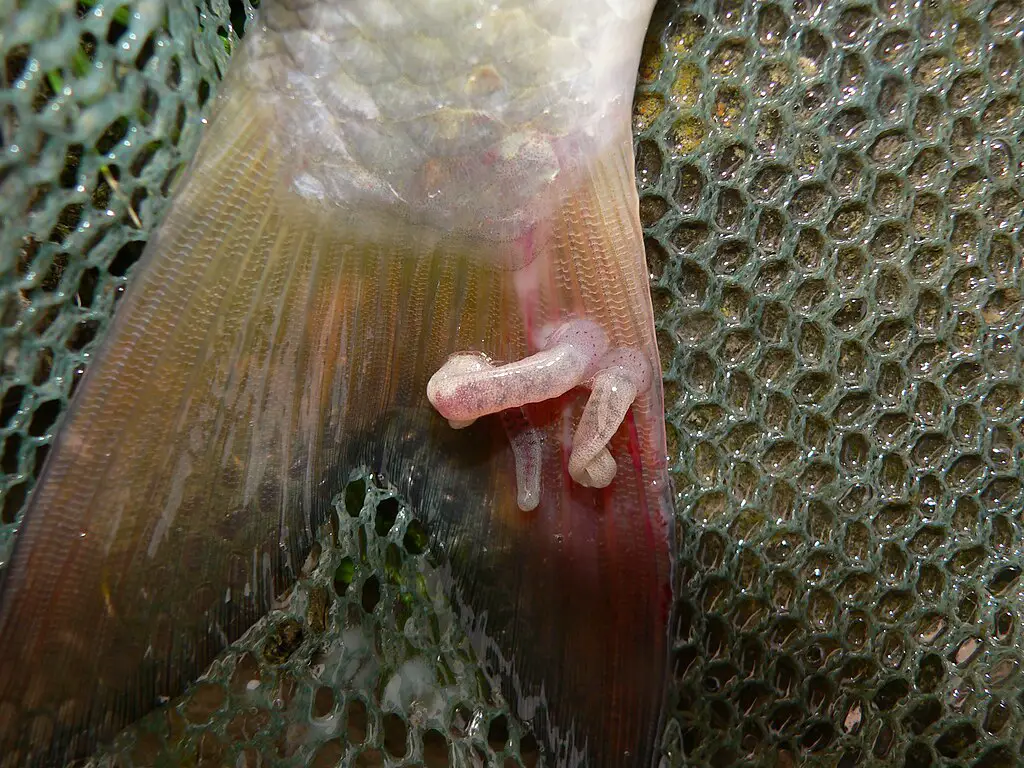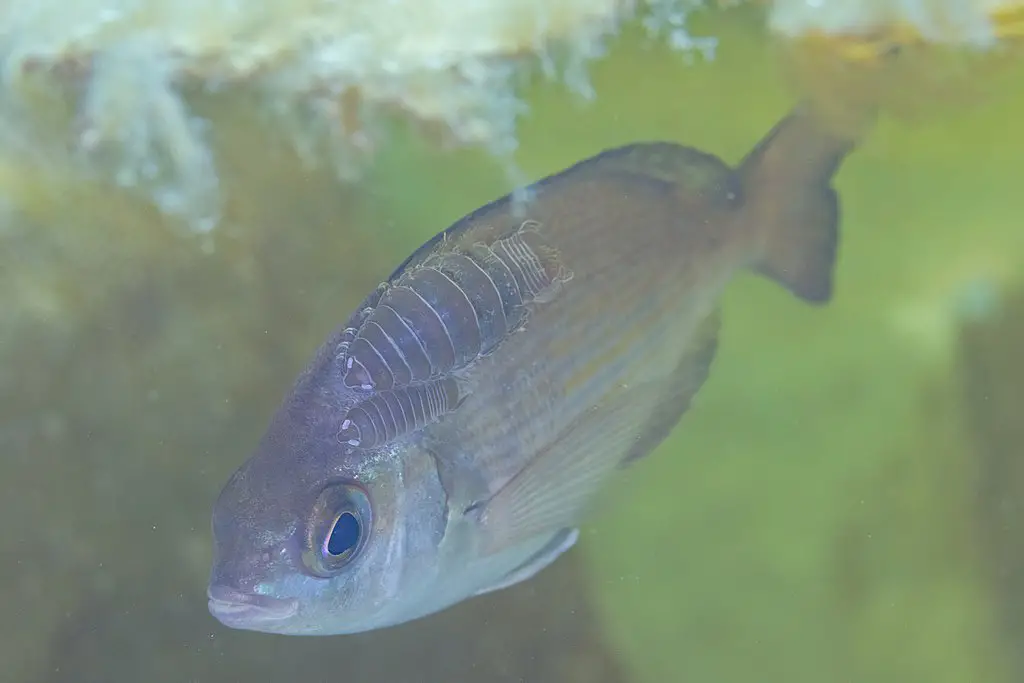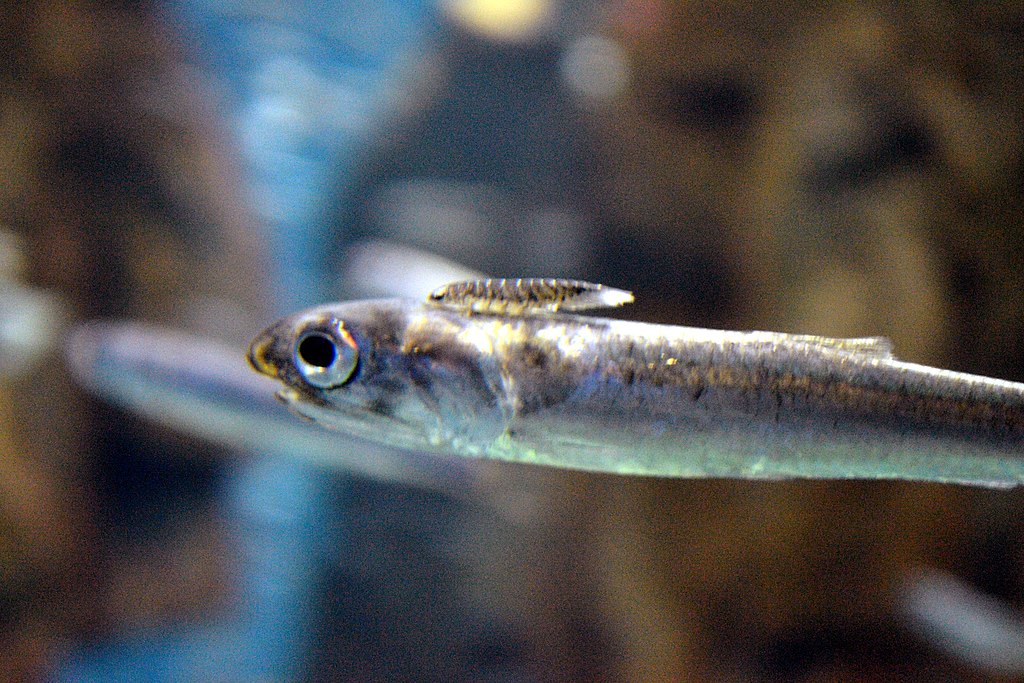Aquarium enthusiasts often encounter various challenges in maintaining the health of their fish, with skin peeling being a notable concern. As explored in our previous article on fish skin peeling, this issue can stem from multiple causes.
Among these, parasitic infections stand out as a significant contributor. In this comprehensive overview, we delve into the world of parasites in aquarium fish, focusing on how these tiny invaders can lead to skin conditions.
Our journey will take us through identifying these parasitic infections, effective treatment methods, and crucial preventive measures to safeguard the health of your aquatic pets.
Link Between Parasites and Skin Peeling
Parasitic infections, including peeling skin, are a common yet underrecognized cause of skin issues in aquarium fish. The relationship between parasites and skin peeling can be direct or indirect, often depending on the type of parasite involved and the overall health of the fish. Let’s explore how these tiny but troublesome organisms can impact fish skin health.
Types of Parasites Causing Skin Issues

Ichthyophthirius Multifiliis (Ich) is perhaps the most well-known parasite in the aquarium world. Ich manifests as tiny white spots on the fish’s skin, fins, and gills. As the parasite burrows into the fish’s skin, it causes irritation and damage, leading to peeling or flaking.
Flukes are microscopic parasites that attach to the fish’s skin, gills, or both. Their presence can lead to excessive mucus production, reddened areas, and skin peeling.
Anchor Worms: Larger and visible to the naked eye, these parasites embed themselves into the fish’s skin, causing inflammation, ulcers, and secondary skin peeling.
Symptoms and Damage
Besides the specific symptoms caused by individual parasites, infected fish often exhibit broader signs of distress like rubbing against tank objects (flashing), lethargy, and reduced appetite. The physical damage caused by parasites, such as lesions and open wounds, can lead to secondary infections, exacerbating skin peeling, and other complications.
Why Parasites Cause Skin Peeling
The primary reason is the physical damage caused by the parasites as they attach to, feed on, or burrow into the fish’s skin. The fish’s immune response to the parasite can also contribute to skin issues. To fight off the invaders, the fish’s skin might react in ways that lead to peeling or flaking.
Identifying Parasite-Induced Skin Conditions
Early and accurate identification of parasitic infections is critical for effectively treating and recovering affected fish. Here are key steps and considerations for diagnosing parasite-induced skin conditions:
- Observation of Symptoms:
- Common signs of parasitic infections include visible spots or lesions on the skin, excessive mucus production, skin peeling or flaking, and unusual behaviors like scratching against objects in the tank (flashing).
- Physical changes such as discoloration, ulcers, or visible parasites should also be noted.
- Differentiating from Other Causes:
- It’s important to distinguish parasitic infections from other causes of skin peeling, like bacterial infections, fungal infections, or environmental stressors (poor water quality, inappropriate temperature).
- Each type of infection or issue has distinct symptoms, and understanding these differences is key to proper diagnosis.
- Diagnostic Methods:
- For a conclusive diagnosis, it may be necessary to consult an aquatic veterinarian who can perform tests like skin scrapings and microscopic examinations.
- Water testing should also be conducted to rule out environmental causes and to ensure optimal living conditions for the fish.
- Consulting Experts:
- When in doubt, seeking advice from aquatic veterinarians, experienced aquarists, or fish health specialists is advisable. They can provide valuable insights based on experience and expertise.
- Monitoring and Record-Keeping:
- Regularly monitoring the fish and maintaining a record of any changes in their appearance or behavior can be helpful in early detection and ongoing assessment of the situation.
Treatment Methods for Parasitic Infections
Once a parasitic infection causing skin peeling in aquarium fish is identified, appropriate treatment measures must be promptly initiated. Here’s a guide to the most effective treatment strategies:
Medication
- Anti-Parasitic Medications: These are the first line of defense and include treatments like copper sulfate, praziquantel, and malachite green. The choice of medication depends on the type of parasite.
- Dosage and Duration: Following the recommended dosage and duration is crucial to avoid harming the fish. Overmedication can be toxic, and undermedication may not effectively clear the infection.
Environmental Adjustments
- Water Temperature: Increasing the water temperature can accelerate the life cycle of certain parasites, making them more vulnerable to medication. This approach is often used in treating Ich.
- Water Quality: Maintaining optimal water quality is vital. Regular water changes and proper filtration can help remove parasites and their larvae from the water.
Quarantine of Affected Fish
- Isolating infected fish can prevent the spread of the parasite to other tank inhabitants. A separate quarantine tank is ideal for treating affected fish.
Supportive Care
- Nutrition: Providing a balanced diet helps strengthen the fish’s immune system, aiding in recovery.
- Stress Reduction: Minimizing stress through a stable environment and gentle handling is important, as stress can exacerbate the condition.
Follow-Up and Monitoring
- Continuously monitor the health of the fish during and after treatment. Some parasites may require multiple treatment cycles to be completely eradicated.
Consultation with Experts
- In cases of severe infestation or if the infection does not respond to initial treatments, consulting an aquatic veterinarian is advisable. They can provide specialized care and possibly recommend alternative treatments.
Preventing Parasitic Infections
Prevention is critical in maintaining the health of aquarium fish and avoiding the complications associated with parasitic infections. Here are key strategies to minimize the risk of parasites:
Maintain Optimal Water Quality

- Regularly test and maintain the water parameters (pH, ammonia, nitrite, and nitrate levels) within the appropriate range for your specific fish species.
- Perform routine water changes and ensure the filtration system is functioning correctly.
Quarantine New Additions
- Always quarantine new fish, plants, or any living additions to your aquarium for at least two to four weeks. This helps identify potential health issues before introducing them to the main tank.
Regular Monitoring and Inspection
- Observe your fish regularly for any signs of illness or distress. Early detection of parasites is crucial for effective treatment.
- Inspect new fish for visible signs of parasites or illness during quarantine.
Proper Feeding and Nutrition
- Provide a balanced diet suitable for your fish species to ensure they have a robust immune system.
- Avoid overfeeding, as it can lead to poor water quality, which can stress fish and make them more susceptible to infections.
Avoid Cross-Contamination
- Use separate equipment, such as nets and siphons, for different aquariums to prevent the spread of parasites.
- Clean and disinfect any equipment that comes with infected fish or water.
Regular Tank Maintenance
- Clean the tank regularly to remove waste, uneaten food, and other debris that can harbor parasites.
- Check and routinely clean filters, heaters, and other equipment to ensure they function correctly.
Expert Insights
In understanding and managing parasitic infections in aquarium fish, insights from experts in the field are invaluable. Specialists in aquatic veterinary medicine, such as Dr. Jessie Sanders, emphasize the importance of a holistic approach to fish health.
This includes regular water quality checks, proper nutrition, and understanding the specific needs of each fish species to prevent stress and susceptibility to parasites.
Experts also advise staying updated with the latest treatments and preventive measures in aquatic health. This might involve attending webinars, participating in forums, or reading scientific articles. They underscore the importance of a proactive approach, stressing that early detection and treatment of parasites are key to maintaining the health of aquarium fish.
Integrating Care: Linking Back to Fish Skin Health
Managing parasitic infections is not an isolated task but part of a comprehensive approach to maintaining fish health, especially concerning skin conditions. Effective parasite control contributes significantly to preventing skin peeling and other related issues.
Integrating regular health checks, balanced nutrition, and stress management into the daily care routine can enhance the fish’s overall resilience against diseases, including those caused by parasites.
Conclusion
In conclusion, dealing with parasites in aquarium fish requires a multifaceted approach. From identifying and treating infections to implementing preventive strategies, each step is crucial in maintaining the health of your aquatic pets.
Aquarium enthusiasts can effectively combat parasitic infections and contribute to a healthy, thriving aquatic environment by following the guidelines outlined in this article and seeking expert advice when needed. Remember, the key to success lies in vigilance, education, and a proactive approach to fish care.


